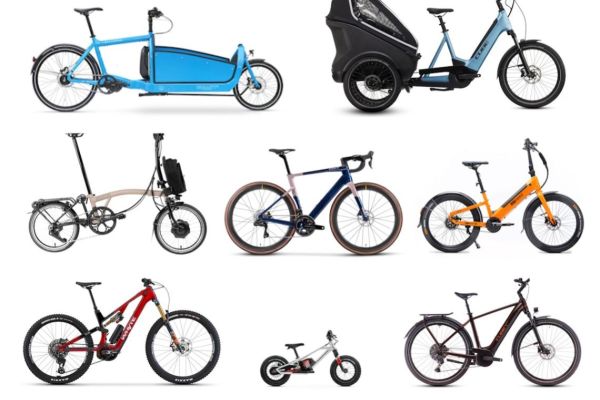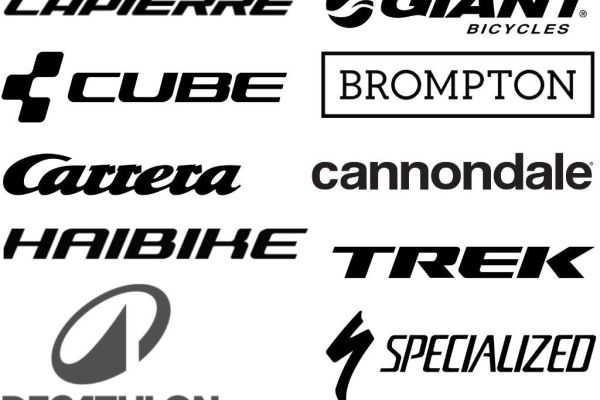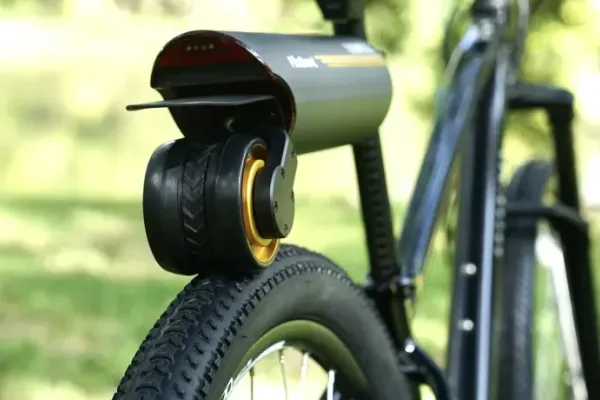E-bikes v traditional bikes: Pros and cons?
Electric bikes are making waves in the cycling market. There's no doubt that a motor makes cycling easier, but are there other advantages? And what are the downsides?
Obviously we're pro-e-bike here, but it would be remiss of us not to acknowledge that there are a couple of areas where traditional bikes do have certain advantages over electric ones.
Let's start with the obvious advantage that an electric bike has over a normal bike: It has an electric motor so is less affected by the physical limitations of the rider. Anyone who can ride a bike can ride an e-bike at a decent pace for a reasonable distance. You can carry out the same journey with less physical effort. That, after all, is the whole point of an e-bike.
So what are the downsides? Cost is an obvious one. Electric bikes are bikes plus motors and batteries, so they're inevitably more expensive than traditional bicycles. You can expect an e-bike to be a few hundred pounds more expensive than a similarly-specced non-electric bike. Or, conversely, if you're looking at a regular bike and an electric bike at the same price, the regular bike will have a higher-spec frame, forks and other components. You can get a perfectly serviceable traditional bike for £300-400 but it's difficult to find a worthwhile e-bike for under £1,000.
The second main downside is weight. The difference is becoming less marked as technology improved, but it's unavoidable that a bike with a motor and battery is going to be significantly heavier than one that doesn't have either of those things. Again, that difference is bigger at lower price points. Entry-level motors and batteries are heavier than high-end ones. While weight doesn't make that much difference when riding, it'll make itself felt if you have to lift the bike into or onto a car, or carry it up some steps to your house.
Maintenance is also a consideration. Most parts of a conventional bike are fairly user-serviceable, but there's not a great deal that a home mechanic can usefully do with drive units and battery packs. That said, many people rely on shops to service conventional bikes anyway, so this isn't necessarily that big a deal (especially as an e-bike still has all the easy to look after parts).
Set against those disadvantages are, of course, the huge benefits that an e-bike has in terms of making a bike a realistic form of transport for more people. Pedal assistance makes tackling steep hills a breeze and the added boost of a motor makes longer distances more accessible.
There are also the environmental benefits. While there's a greater environmental impact in manufacturing an e-bike due to the motor and battery, over its lifespan the overall impact is actually lower than a conventional bike. This seems counterintuitive, but the extra power of the motor reduces the number of calories expended by the rider, and food production is carbon intensive. Not only that, but the increased capabilities of an e-bike means that they can replace more car journeys than a normal bike, giving further environmental benefits.
Related content
Read more great content from ebike.help and become an electric bike expert today.







